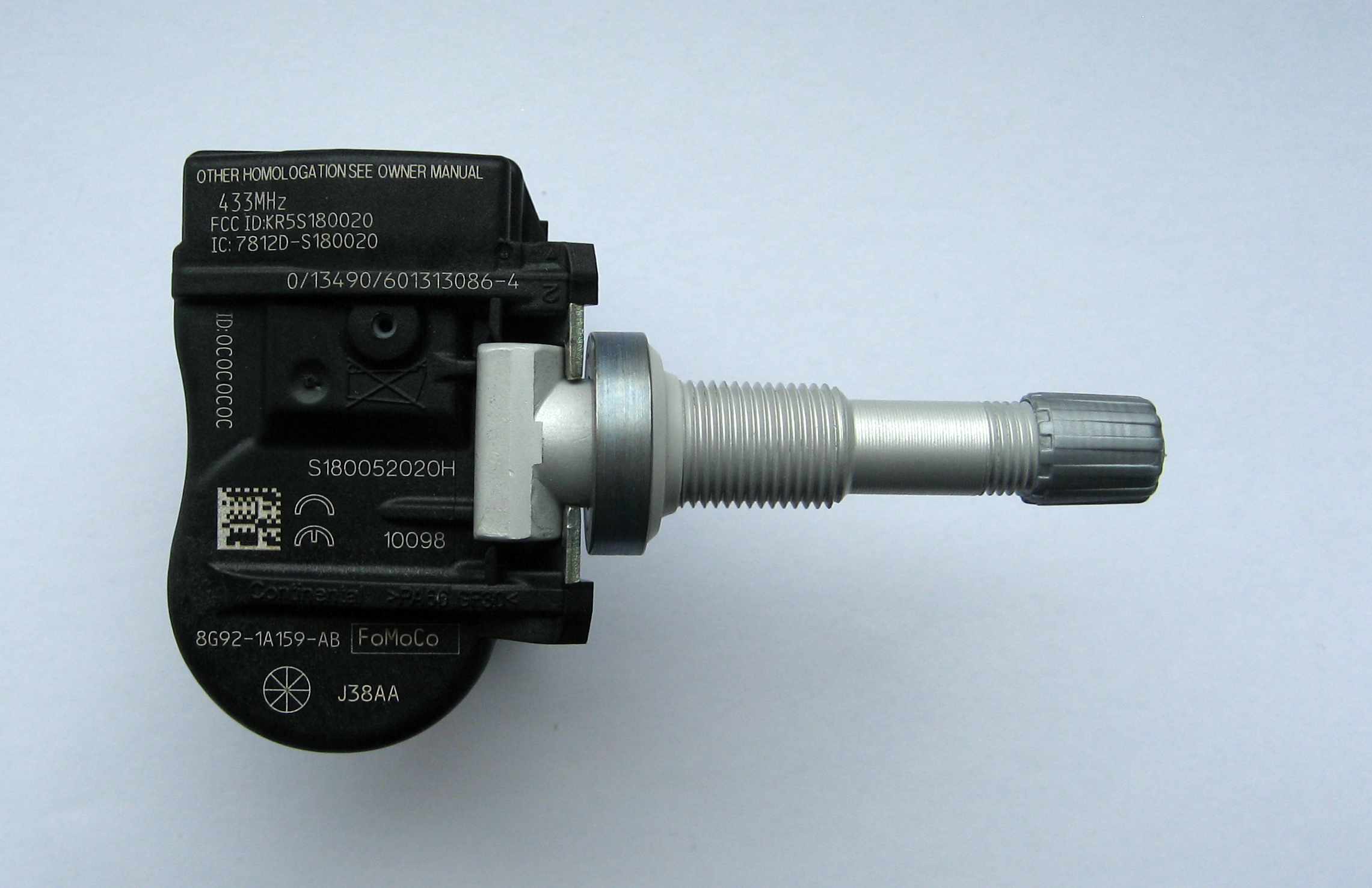After rotating my tires on my electric vehicle (EV) for the first time, I was surprised to see a flashing warning light on the dash—the TPMS (Tire Pressure Monitoring System) icon. I figured the tires were properly inflated, so what gives?
Turns out, EVs with direct TPMS (the kind that uses sensors inside the wheels) often need recalibration after a tire rotation. Otherwise, your vehicle might display incorrect pressure readings, or worse, not alert you to an actual problem. If you’re rotating your EV’s tires yourself or even having a shop do it, make sure you finish the job by calibrating the TPMS.
Here’s everything I’ve learned about doing this the right way.
What Is TPMS and Why Calibrate It After Rotation?
TPMS stands for Tire Pressure Monitoring System. Most EVs use direct TPMS, which means there are individual sensors inside each wheel that constantly report tire pressure to your car’s ECU.

When you rotate the tires—say, moving the front tires to the rear—the vehicle still thinks the front sensors are up front. So if your rear-left tire starts losing air, your dash might say the front-right is low. That’s not just annoying, it’s unsafe.
Calibration tells the car where each sensor now lives after rotation.
When to Calibrate TPMS on EVs
Some EVs will auto-learn after a few miles of driving. Others need manual input. Here’s a basic rule of thumb:
- Manual calibration needed after any tire rotation on EVs with direct TPMS.
- Check your owner’s manual or onboard infotainment to see if it needs resetting or will auto-adjust.
If your EV is a Tesla, Bolt, Ioniq, or Mach-E, you’ll usually see TPMS settings tucked into the car’s interface. If you’re driving a Hyundai or Kia EV, it might require an OBD-II tool for reset.
Step-by-Step: Calibrating TPMS on Most EVs
1. Park the Car on Level Ground
Before doing anything, make sure your car is in park with the power off, and parked on flat ground. This ensures the sensors have a good starting point.
2. Check Your Tire Pressures Manually
Before resetting the system, use a handheld gauge and verify all tires are inflated to the correct PSI (listed on the driver-side door jamb). If one tire is already underinflated, the system won’t calibrate properly.
3. Navigate to the TPMS Reset Menu
On most EVs, the TPMS reset is found in:
Settings > Vehicle > Maintenance > TPMS Reset
(Exact wording varies by manufacturer.)
If it’s not there, try your EV app or infotainment touchscreen.
4. Start the Calibration
Once in the reset menu:
- Select “Reset” or “Calibrate TPMS.”
- You might see a confirmation prompt. Accept it.
The car will begin learning the new locations of each sensor.
5. Drive for 10–30 Minutes
To complete the reset:
- Drive at 25–60 mph for about 10–30 minutes.
- Avoid heavy acceleration or sharp turns during this drive. The smoother the conditions, the easier it is for the system to learn.
Some cars will display a progress bar or say “TPMS Learning” until it completes.
Special Tips for Tesla Owners

If you’re in a Tesla:
- Tap Controls > Service > Wheel Configuration.
- Select the correct wheel and tire setup.
- Tap “Reset TPMS Sensors.”
- Drive normally for about 10 miles.
You’ll get a confirmation message when calibration is done.
What If the TPMS Light Stays On?
If the light stays on after calibration, try this:
- Double-check your tire pressures again.
- Make sure the system was actually reset (you may have skipped the final confirmation).
- If it still won’t reset, you may have a dead TPMS sensor, especially if your EV has a few years on it.
In that case, a tire shop can scan each wheel and tell you which sensor (if any) isn’t communicating.
You Might Also Be Interested In:
- Tire Pressure Monitoring Systems: Value for Money?
- When Can You Rotate Tires on a Chevy Bolt?
- Maximizing Range: Cold Weather Tips for Tesla Model Y
- How Hot Is Too Hot for Tire Pressure?
Taking the time to calibrate your TPMS isn’t just a box to check—it’s peace of mind. The last thing I want is to ignore a pressure warning because it’s showing up for the wrong tire. After every tire rotation, I make TPMS reset part of the process. It only takes a few minutes but can prevent a real headache later on.
Let’s Talk Cars
Have a question? A suggestion? Just want to say hi?
You’re in the right place.
Use the form below to reach out to the AutoSpecs Daily team. We're happy to hear from readers, car lovers, first-time buyers, and anyone who's got something to share.
What can you contact us about?
- Feedback on one of our articles
- Ideas for new topics you'd like us to cover
- Questions about cars, gear, or general auto advice
- Media, partnership, or brand inquiries
- Anything else that's on your mind
We check every message that comes through and do our best to respond within 2 to 3 business days.
We don’t list an email address here to avoid spam, but the contact form is the best and fastest way to reach us.
Thanks for stopping by. We're glad you're here.

